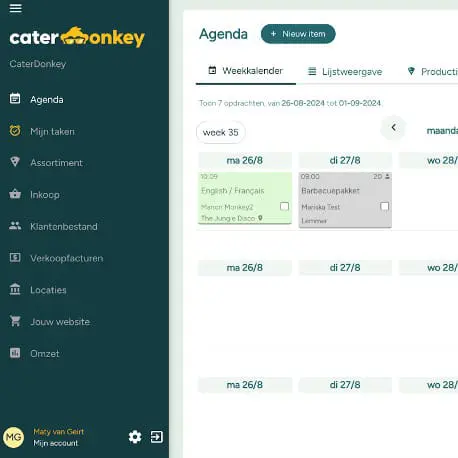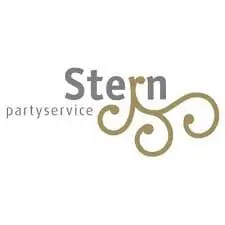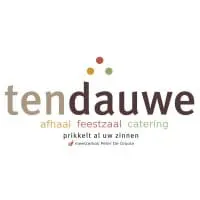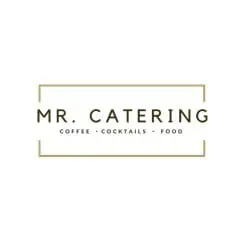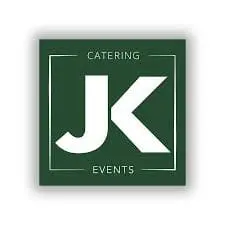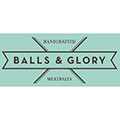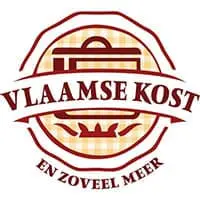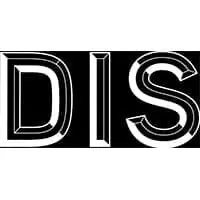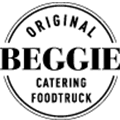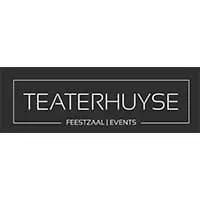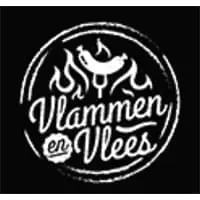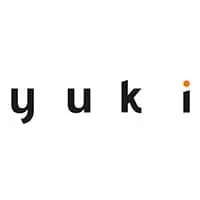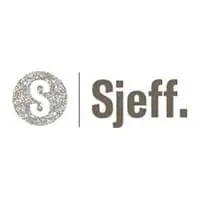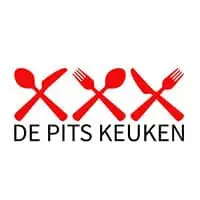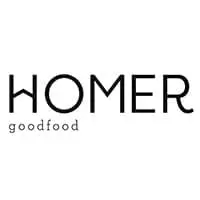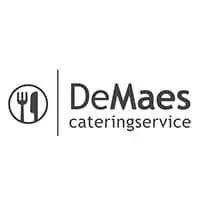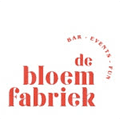You should switch to automated hospitality purchasing when manual processes take more time than they save, errors occur regularly, and your team becomes overwhelmed by administrative tasks. This usually happens in growing companies that process more than 10-15 orders per week. The switch pays off when you notice that purchasing errors are affecting your profit margin and you are losing valuable time on repetitive tasks that software can perform much more efficiently.
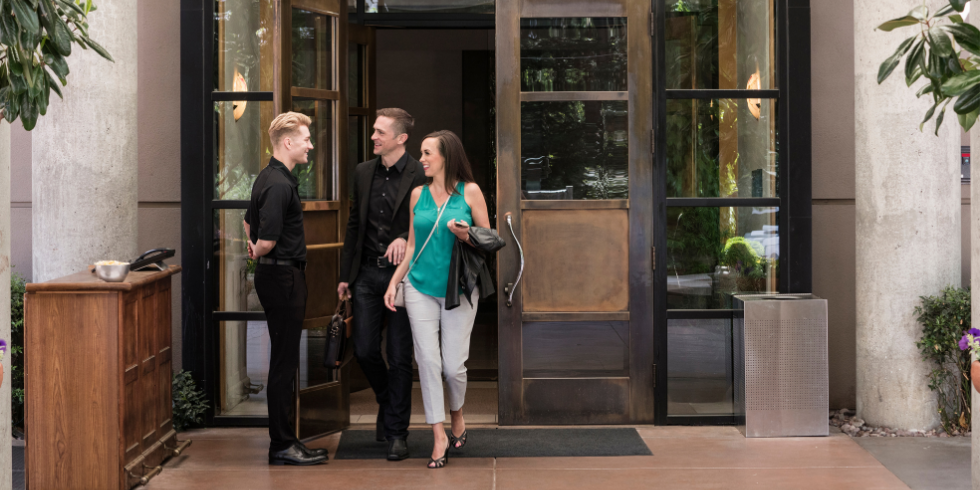
Signs that manual procurement is no longer working
Manual purchasing becomes a problem when you spend more time on administration than on running your business. The most obvious sign is when you regularly purchase too many or too few ingredients because you lack an overview.
You can recognise this situation by specific problems. Shopping lists that you compile manually often contain errors, resulting in shortages or excessive waste during events. It takes you more and more time to calculate exactly how much you need for upcoming assignments.
Other warning signs include:
- You order from the wrong suppliers because you don’t have an overview of prices and conditions.
- Team members do not know what to purchase because information is unclear.
- You miss order deadlines because you lose track of things
- Calculations for quotations are incorrect because purchase prices are out of date.
The tipping point is usually reached by companies that organise more than 10-15 events per week. At that point, manual purchasing becomes a bottleneck that hinders growth.
What exactly is automated procurement?
Automated purchasing means that software takes over and optimises your purchasing process. The system automatically calculates what you need based on your menus and number of guests, and organises this per supplier.
The process works as follows: you link ingredients to your dishes in the system. When you create a quote, the software automatically calculates how much of each ingredient you need. This information is immediately converted into clear shopping lists for each supplier.
Important automated processes are:
- Automatic calculation of required quantities per ingredient
- Organisation of purchase lists per supplier
- Price calculations for accurate quotes
- Inventory management and reorder signals
- Integration with work lists for kitchen and warehouse
The difference with manual purchasing is that you no longer have to think about what to order and when. The system does this for you, based on your planned events and menus.
What are the benefits of automating your procurement process?
The biggest advantage of automated purchasing is time savings. Where you used to spend hours compiling purchasing lists, software now does this in seconds.
Cost savings are another important advantage. Automation prevents over-purchasing and waste because you know exactly what you need. You also buy smarter by automatically choosing the best supplier for each product.
Specific advantages include:
- Fewer mistakes: No more forgotten ingredients or incorrect quantities
- Better control: Real-time insight into purchasing costs and margins
- Improved supplier relationships: Consistent and timely orders
- More accurate quotes: Real-time purchase prices ensure accurate calculations
Teams work more efficiently because everyone has access to the same, up-to-date information. Work lists for the kitchen and warehouse are generated automatically, so your team knows exactly what needs to be done.

How do you choose the right automation system?
The right system fits your specific working method and grows with your business. First, consider user-friendliness – your team should be able to work with it easily without extensive training.
Important functionalities for the hospitality industry are:
- Linking ingredients to dishes and menus
- Automatic calculation of purchase quantities
- Organisation of orders by supplier
- Integration with quotation and planning systems
- Mobile access for your team
Consider the possibility of adapting the system to your working methods. Every catering company operates differently, so customisation is important. Also check whether the system integrates with software you already use, such as accounting systems.
Request references from comparable companies and thoroughly test the system during a trial period. Good support in English is essential for smooth implementation.
What are the costs of automated procurement?
De investering in automatiseringssoftware verschilt per aanbieder en functionaliteit. Verwacht maandelijkse kosten tussen de 50 en 200 euro voor een volledig systeem, afhankelijk van het aantal gebruikers en functies.
Various cost models are available:
- Monthly subscription: Fixed monthly costs, often cancellable
- Per user: Costs increase with the number of team members
- Per transaction: Pay per processed order or quote
The payback period is usually between 3-6 months. You save immediately on personnel costs because administrative tasks are eliminated. In addition, you reduce waste and improve your margins through more accurate purchasing.
Also factor in implementation costs, such as training your team and setting up the system. Many providers offer free trial periods so you can test the system without any risk.
How do you prepare your team for the transition?
Successful change management starts with clear communication about why you are switching. Explain the benefits of the new system and how it will make their work easier.
Involve your team in the selection process. Let them test the system and provide feedback. People accept change more readily when they have had a say in it.
Practical implementation steps:
- Start with a small team or a single process
- Organise practical training sessions with real-life examples
- Provide support during the first few weeks
- Four small successes to keep motivation high
Allow sufficient time for the transition. Rushing leads to frustration and resistance. Keep the old system available in parallel during the transition period so that your team feels secure.
Appoint superusers who can help others and act as ambassadors for the new system.
Important considerations for a successful transition
A successful transition to automated procurement requires thorough preparation and realistic expectations. Begin by cleaning up your current data—outdated supplier information and prices make automation less effective.
Important success factors are:
- Choose the right moment – not during your busiest period
- Ensure adequate training and support
- Start small and expand slowly
- Measure results and celebrate successes
Concrete steps for a successful transition:
- Analyse your current procurement process and identify bottlenecks
- Put together a project team with representatives from all departments.
- Thoroughly test different systems during trial periods.
- Create a detailed implementation plan with a timeline
- Train your team step by step and provide ongoing support
Be prepared for a start-up period of several weeks during which productivity may temporarily decline. This is normal and will disappear once your team gets used to the new system.
The transition to automated purchasing is an investment that quickly pays for itself through time savings, fewer errors and better control over your processes. Catermonkey provides you with a complete solution that automates all aspects of your purchasing process and integrates with your quotation and planning systems. This allows you to focus on what really matters: delivering great events and satisfied customers. Would you like to know more about how automated purchasing can improve your business? Please contact us for a personal consultation.
Ready to automate your purchasing process?
Do you have ideas or questions about how automated purchasing can support your business? Catermonkey is happy to discuss the possibilities our platform offers for your specific situation. Whether you are just starting out with automation or already have concrete plans, we are happy to help you.
Plan your brainstorming session with Catermonkey! Book your no-obligation brainstorming session here and discover how we can optimise your purchasing process.

